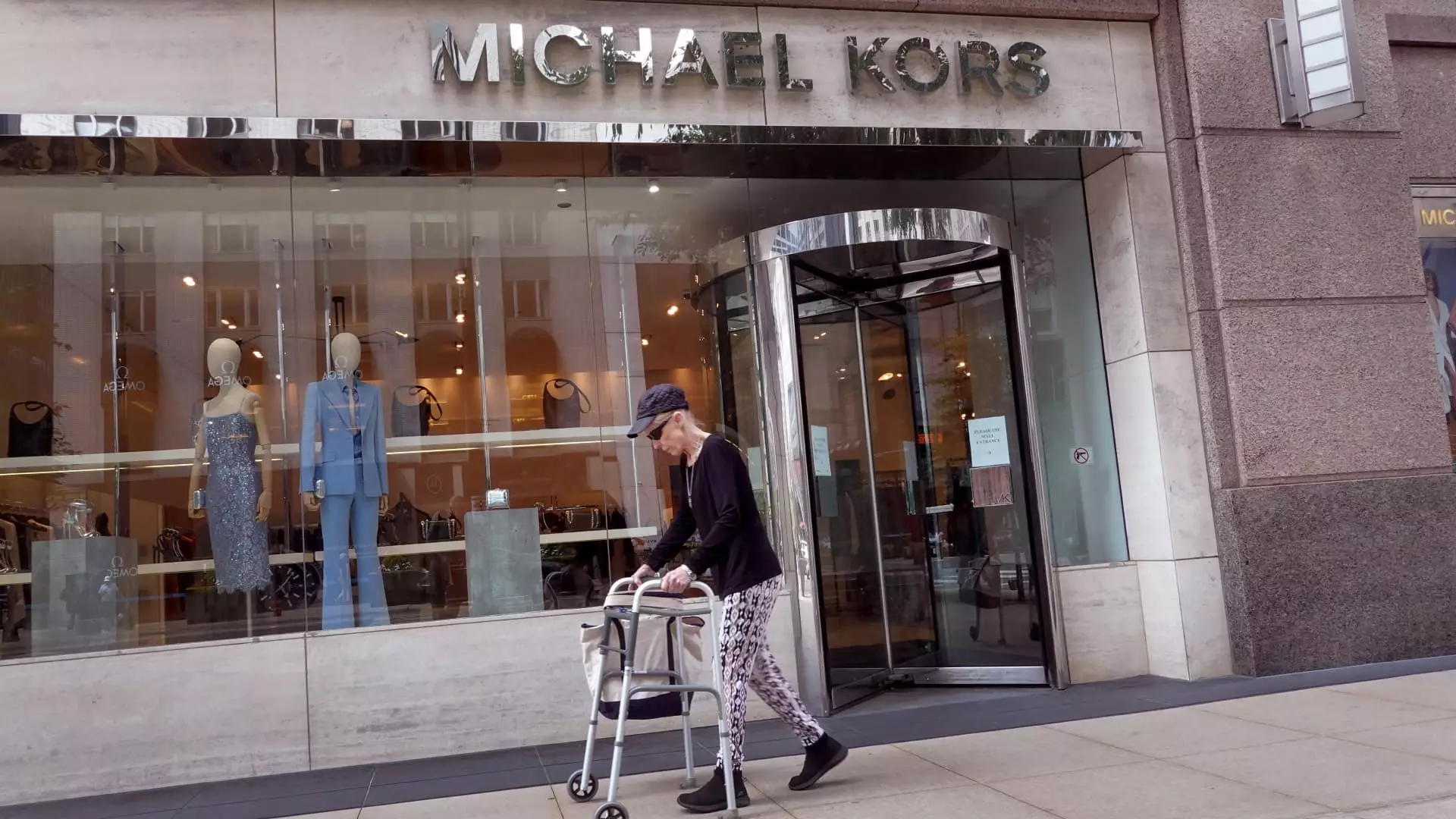On Thursday, the highly anticipated merger between Capri and Tapestry was officially called off, a development precipitated by the Federal Trade Commission’s successful legal action to block the massive deal. This decision marked a significant turn in the aspirations of the two luxury powerhouses, who initially aimed to consolidate their strengths in the competitive luxury market. The termination was described as a “mutual agreement,” underscoring that both companies recognized the futility of pursuing a deal that was unlikely to secure regulatory approval before its impending expiration in February. Capri’s CEO, John Idol, expressed a forward-looking stance, emphasizing Capri’s potential for long-term growth despite the setback.
The $8.5 Billion Dream Deferred
Originally proposed at a staggering $8.5 billion, the merger aimed to unite two of America’s leading luxury brands under one umbrella. Tapestry’s well-known brands—Coach, Kate Spade, and Stuart Weitzman—were set to join hands with Capri’s illustrious portfolio, which includes Versace, Jimmy Choo, and Michael Kors. However, this lofty ambition met with resistance. In April, the Federal Trade Commission raised concerns about how the merger could disadvantage consumers and negatively impact employees, culminating in a federal judge siding with the FTC. The subsequent ruling dealt a blow to the merger’s viability, driving Tapestry to announce intentions of an appeal.
In light of the merger’s dissolution, both companies were quick to pivot their strategic approaches. Tapestry disclosed its renewed commitment to its existing brands and announced plans to utilize the cash freed up by the unsuccessful merger to initiate a significant $2 billion share repurchase authorization. CEO Joanne Crevoiserat declared that the company has other pathways to growth and that this decision crystallizes their forward strategy. This shift implies a strong focus on organic growth and emphasizes Tapestry’s confidence in its established portfolio.
Conversely, Capri faces a more challenging landscape. With its share prices taking a substantial hit post-ruling and a looming need to ensure financial stability, Capri now appears to be scrambling for a way to revitalize its key brand—Michael Kors. The luxury label has been grappling with declining sales, and an analysts’ call has been scheduled to discuss Capri’s future initiatives aimed at reversing this trend. Idol reiterated the importance of brand desirability through innovative marketing, engaging product lines, and enriching consumer experiences.
The financial markets reacted sharply to this unexpected turn of events. Following the judicial ruling against the merger, Capri’s stock plummeted by around 50%, while Tapestry’s shares gained approximately 10%. This dramatic divergence in stock performance underscores the divergent fates of the two companies. As of Thursday’s trading, Tapestry’s shares showed a 6% increase in premarket trading, while Capri exhibited a corresponding drop. The contrasting market reactions underscore the uncertainties facing Capri, especially as analysts express skepticism about its operational future.
The ramifications of the terminated merger extend beyond mere financial figures. They highlight critical issues within the luxury sector—particularly the ever-present tension between growth ambitions and regulatory scrutiny. As luxury consumer trends evolve and markets become increasingly saturated, the strategies employed by both companies will be crucial. Tapestry appears poised to leverage its resources for steady growth, while Capri must navigate the challenging road ahead to restore its brand’s vitality.
In the final analysis, the failed merger between Capri and Tapestry serves as a cautionary tale about the complexities of corporate consolidation within the luxury sector. The potential benefits that such a union promised remained unrealized, leading both companies to reassess their positions in a changing market. As Capri focuses on revitalizing its individual brands and Tapestry embarks on aggressive organic growth initiatives, the luxury industry will closely observe their strategies. Overall, the evolution of their paths forward will not only determine their own fates but will also impact the broader dynamics of luxury retail as stakeholders and consumers alike look for innovation and growth in an increasingly competitive landscape.


Leave a Reply